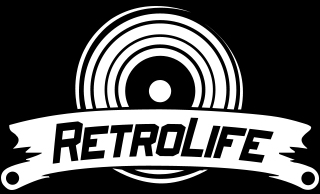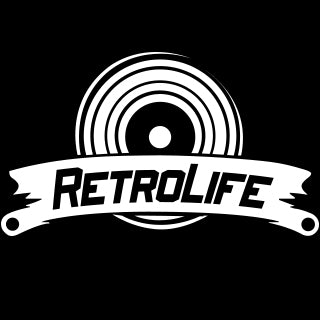Introduction
Vinyl records have made a major comeback, but setting up a turntable can feel overwhelming, especially when you see terms like built-in amplifier and built-in phono preamp. Both components are crucial for getting sound from your records to your speakers, but they perform completely different jobs. Understanding this difference can save you time, money, and frustration when buying a record player.
In this article, we’ll explain what a phono preamp and amplifier do, how they differ, and which features you need for your ideal vinyl setup.
What Is a Built-in Phono Preamp?
A phono preamp, also known as a phono stage, is responsible for boosting the weak signal coming from a turntable’s cartridge to a standard line-level signal. Vinyl records produce a much lower signal compared to digital devices like CD players or phones, so this boost is necessary to hear your music at a normal volume.
Phono preamps also apply the RIAA equalization curve, which restores the tonal balance of your music for accurate playback. Without a preamp, your sound will be thin, quiet, and flat.
When you need it:
- If you want to connect your turntable directly to powered speakers or an amplifier without a dedicated phono input.
- If you prefer a clean, plug-and-play setup.
What Is a Built-in Amplifier?
An amplifier is a component that powers your speakers. While a preamp boosts the signal, an amplifier takes that signal and delivers the energy required to drive passive speakers (like traditional bookshelf speakers).
If your record player has a built-in amplifier, it means you can connect it directly to passive speakers without needing an external receiver or amp.
When you need it:
- If you plan to use passive speakers (which don’t have their own power source).
- If you want an all-in-one setup that doesn’t require extra components.
Key Differences Between Built-in Amplifier and Built-in Phono Preamp
It’s easy to confuse the two because they both “boost” signals in different ways, but their roles are distinct:
- A phono preamp adjusts and equalizes the turntable’s signal to make it usable.
- An amplifier supplies the power necessary for passive speakers to produce sound.
| Feature | Built-in Phono Preamp | Built-in Amplifier |
|---|---|---|
| Function | Boosts signal to line level | Powers passive speakers |
| Output | Line-level output | Speaker-level output |
| Speakers | For powered speakers | For passive speakers |
How to Know If You Need Both?
If you want a simple plug-and-play system, you’ll need both a preamp and an amplifier (or powered speakers). Some modern all-in-one turntables, like the Retrolife R512, already have both built-in. This allows you to play your records immediately without extra components.
For beginners, this is the most convenient solution. But if you’re an audiophile, you might prefer using external preamps and amplifiers for more control and higher sound quality.
Tips for Choosing the Right Turntable
- For beginners: Look for turntables with both a built-in preamp and speakers, such as the Retrolife R512. It’s designed for easy use and offers good sound quality out of the box.
- For intermediate users: Choose a model with a built-in preamp but connect it to powered speakers for better performance.
- For audiophiles: Skip the built-ins and invest in a separate preamp and amplifier for a fully customizable audio experience.
Conclusion
To summarize:
A phono preamp converts the turntable signal to line level.
An amplifier powers your speakers.
If you’re new to vinyl, consider a record player with both built-in preamp and amplifier for a hassle-free setup. Retrolife’s all-in-one turntables are perfect for anyone who wants to enjoy warm vinyl sound without extra components.

